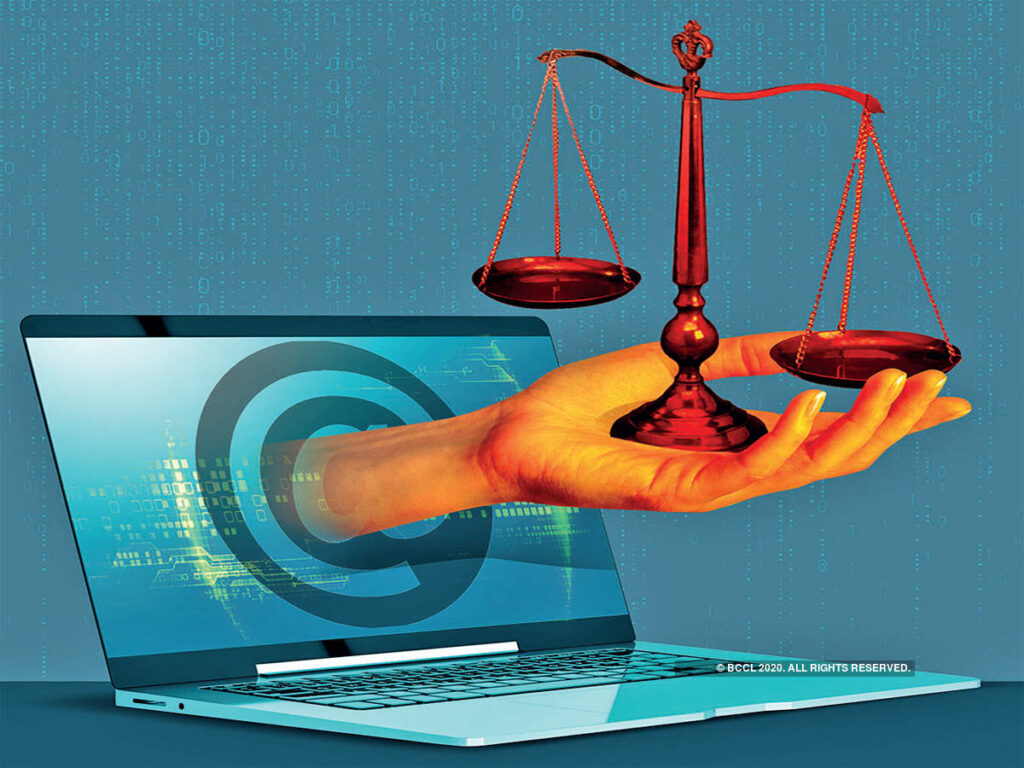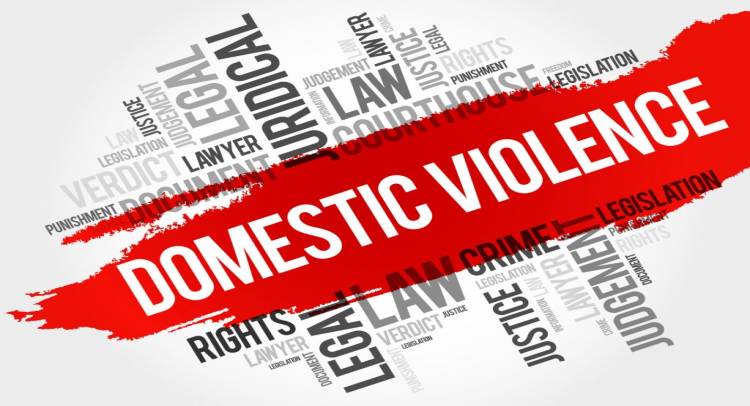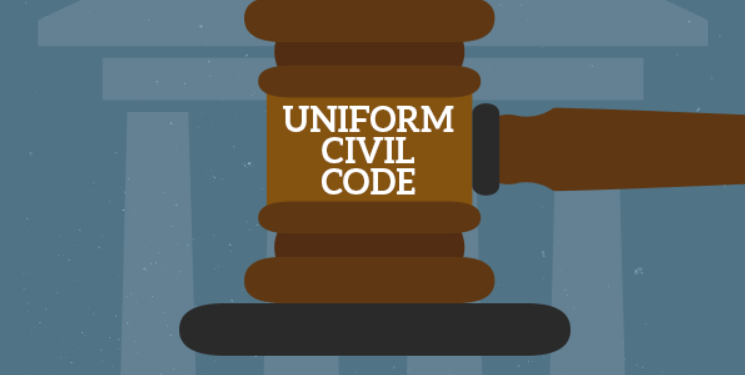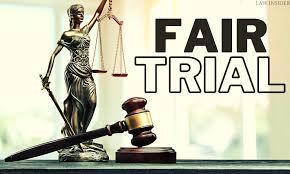Blockchain-Empowered Online Dispute Resolution: A Decentralized Approach to Enhancing Trust and Efficiency
Introduction The digital revolution has transformed many aspects of life and commerce, including how disputes are resolved. Traditional dispute resolution mechanisms, whether judicial or alternative, often suffer from delays, inefficiencies, and issues of trust. Blockchain technology, known for its decentralized, transparent, and immutable nature, presents a promising solution to these challenges. In the context of Indian law, integrating blockchain with online dispute resolution (ODR) systems could significantly enhance trust, efficiency, and accessibility. Understanding Blockchain Technology Blockchain technology is a decentralized ledger system that records transactions across a network of computers. Each transaction is recorded in a “block,” which is then added to a chain of previous transactions, creating a tamper-proof record. The key features of blockchain—decentralization, transparency, and immutability—offer compelling advantages for ODR systems: Decentralization: Unlike traditional systems that rely on central authorities, blockchain operates on a network of nodes, reducing the risk of single points of failure and potential biases. Transparency: All transactions are visible to network participants, ensuring that processes and decisions are open and auditable. Immutability: Once recorded, transactions cannot be altered or deleted, ensuring the integrity of records. Blockchain and Online Dispute Resolution Online Dispute Resolution (ODR) leverages digital platforms to resolve disputes, offering a more accessible and often faster alternative to traditional methods. When integrated with blockchain, ODR systems can benefit from enhanced security, trust, and efficiency. Here’s how blockchain can empower ODR: Smart Contracts for Automated Dispute Resolution Smart contracts are self-executing contracts with the terms of the agreement directly written into code. They automatically enforce and execute the terms of a contract when predefined conditions are met. In ODR, smart contracts can: Automate Processes: Smart contracts can automate various aspects of dispute resolution, such as payments, compliance checks, and adjudication, reducing the need for manual intervention. Ensure Compliance: By embedding the terms of the agreement into the blockchain, parties can be assured that contractual obligations are met without the need for intermediaries. Enhanced Security and Privacy Blockchain’s security features ensure that data related to disputes is protected from unauthorized access and tampering. This is particularly important in the context of privacy-sensitive disputes. Key benefits include: Data Integrity: Blockchain ensures that records related to the dispute are accurate and unalterable, maintaining the integrity of evidence and decisions. Secure Communication: Encrypted communication channels on blockchain platforms protect sensitive information from unauthorized access. Decentralized Trust Blockchain eliminates the need for a central authority by relying on a distributed network of nodes. This decentralization can enhance trust in the ODR process: Reduced Bias: Decentralization minimizes the risk of bias or corruption, as decisions and records are verified by multiple participants rather than a single authority. Increased Transparency: All actions taken during the dispute resolution process are recorded on the blockchain, providing a clear and auditable trail of decisions and actions. Streamlined Processes The efficiency of blockchain technology can significantly streamline ODR processes: Faster Resolution: Automated processes and reduced reliance on intermediaries can accelerate the resolution of disputes. Cost-Effective: By reducing administrative overhead and eliminating the need for physical meetings, blockchain-based ODR can lower costs for parties involved. Legal Framework for Blockchain-Based ODR in India India’s legal framework is evolving to accommodate new technologies, including blockchain. Several legal and regulatory considerations are pertinent to implementing blockchain in ODR: Information Technology Act, 2000 The Information Technology Act (IT Act), 2000, governs electronic transactions and digital signatures in India. While the IT Act does not specifically address blockchain or ODR, its provisions for electronic records and signatures can be extended to blockchain-based systems. Key considerations include: Legality of Digital Signatures: The IT Act recognizes digital signatures as legally valid, which supports the use of blockchain for verifying and recording transactions in ODR. Electronic Records: Blockchain records, being digital and immutable, align with the IT Act’s provisions on electronic records. Contract Act, 1872 The Indian Contract Act, 1872, governs contracts in India. Smart contracts, while not explicitly mentioned in the Act, can be considered enforceable if they meet the criteria for valid contracts: Offer and Acceptance: Smart contracts must clearly define the terms of agreement, offer, and acceptance to be legally binding. Legality of Object: The object of the contract must be lawful, and smart contracts should not be used for illegal activities. Arbitration and Conciliation Act, 1996 The Arbitration and Conciliation Act, 1996, governs arbitration and conciliation in India. Blockchain can complement traditional arbitration mechanisms by: Automating Arbitration: Smart contracts can automate arbitration processes, such as enforcing arbitration awards and managing dispute resolution procedures. Recording Proceedings: Blockchain can record arbitration proceedings, providing a transparent and immutable record of the arbitration process. Data Protection and Privacy Laws Blockchain’s immutable nature poses challenges for data protection and privacy. India’s upcoming Personal Data Protection Bill (PDPB) will address these concerns: Data Access and Control: The PDPB emphasizes individuals’ rights to access and control their personal data. Blockchain systems must incorporate mechanisms to comply with these rights. Data Erasure: Blockchain’s immutability may conflict with the right to erasure. Solutions such as data encryption and off-chain storage can help address this issue. Case Studies and Examples Several international and Indian initiatives have explored blockchain-based ODR solutions: The Legal Blockchain Consortium This international consortium focuses on exploring blockchain applications in legal processes, including ODR. It provides a platform for legal professionals to collaborate on blockchain-based solutions. India’s Blockchain Initiatives India has seen several blockchain initiatives in sectors like supply chain management and finance. Integrating blockchain with ODR could build on these existing initiatives to enhance the legal system’s efficiency and transparency. Challenges and Future Directions While blockchain offers significant benefits for ODR, several challenges must be addressed: Legal Recognition and Framework The legal recognition of blockchain-based ODR and smart contracts in India requires further clarification and adaptation of existing laws. Technical and Implementation Challenges Implementing blockchain-based ODR systems involves technical complexities, including the development of smart contracts and integration with existing legal processes. Adoption and Awareness The adoption of blockchain-based ODR systems requires raising awareness among legal professionals and stakeholders about the benefits and limitations …





